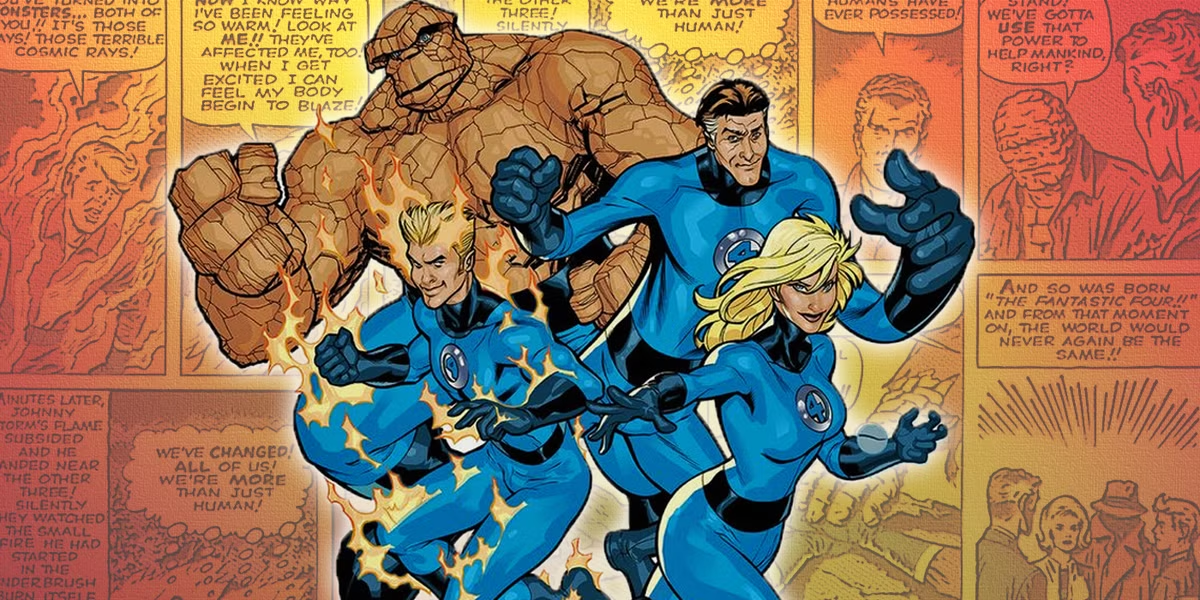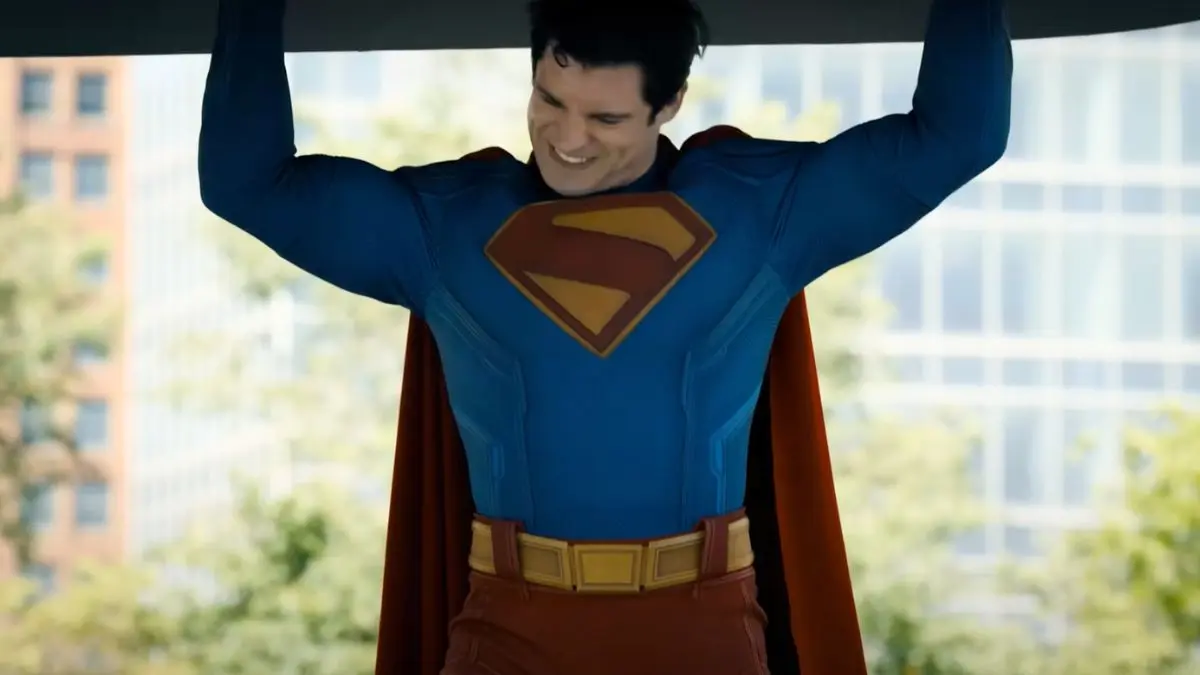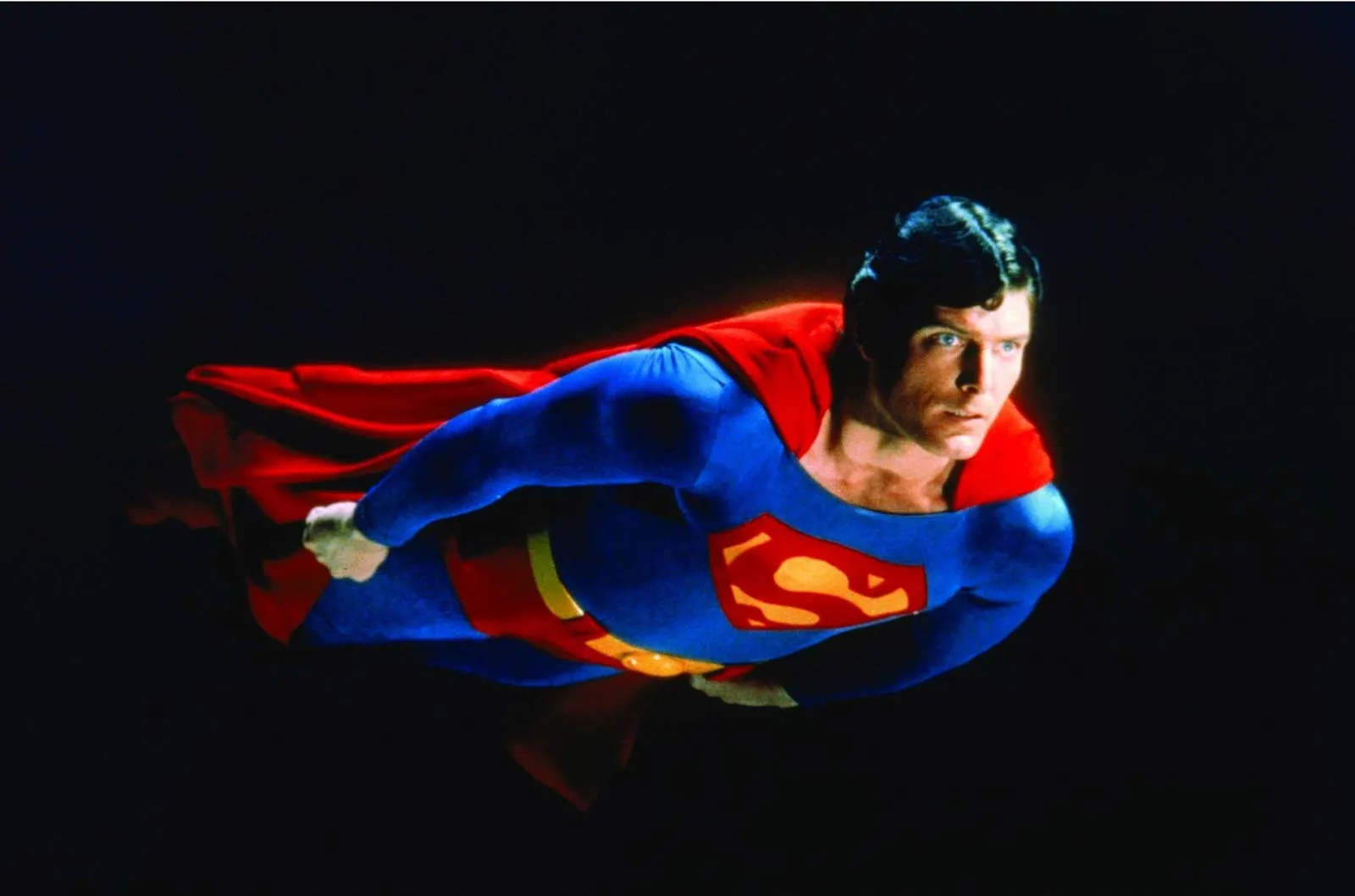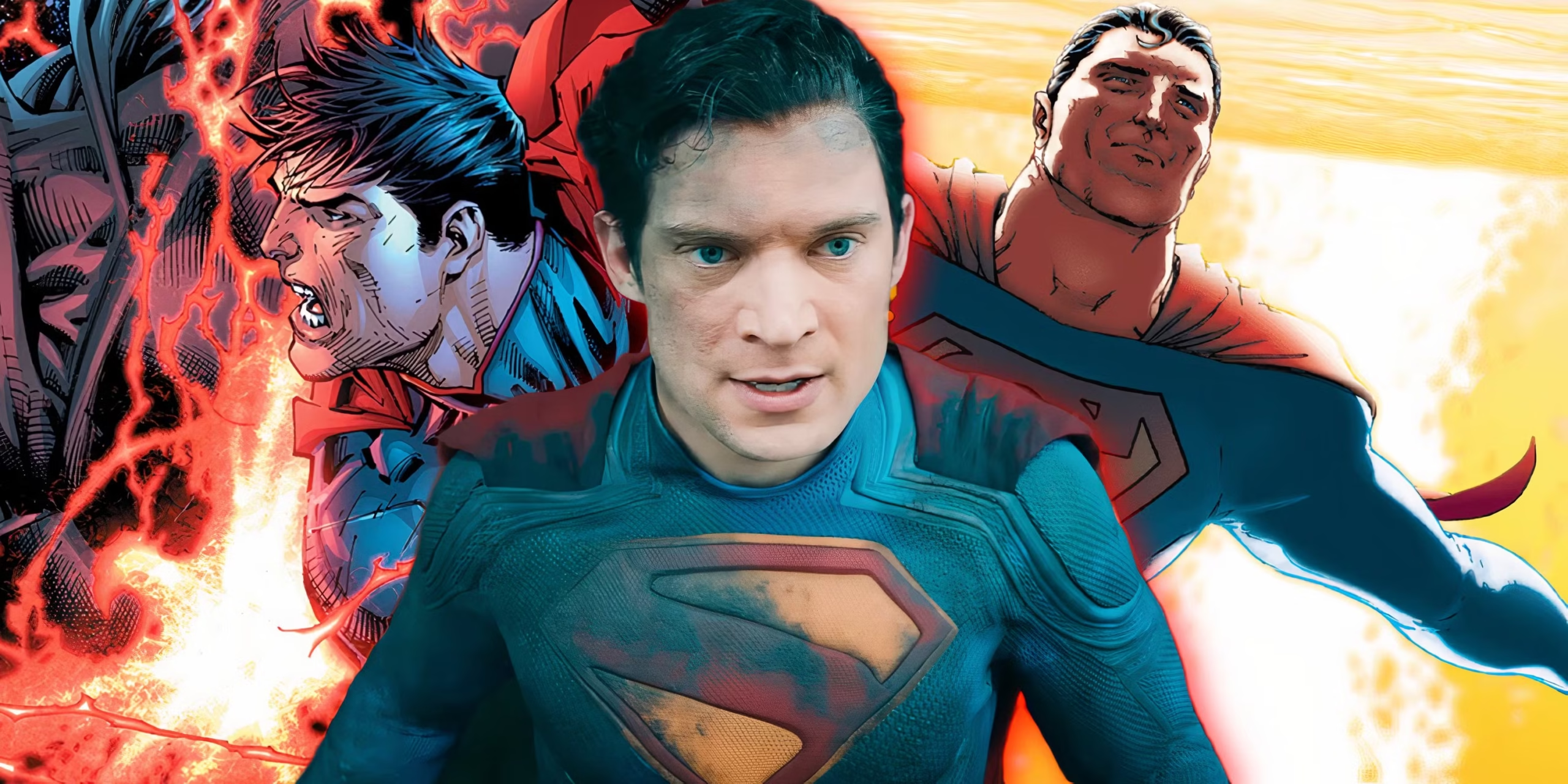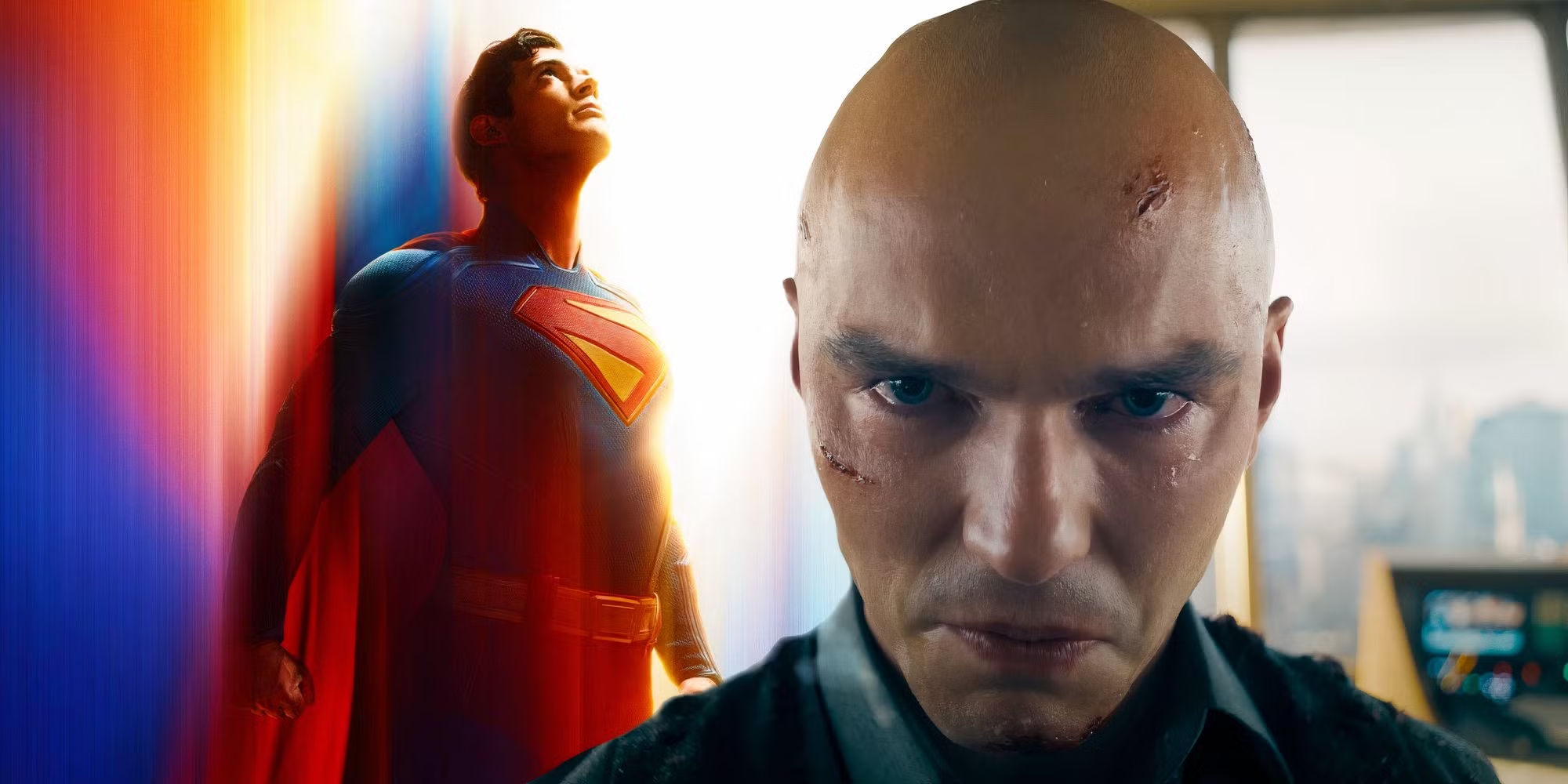
The legendary superhero Superman, who was created in 1938 by Jerry Siegel and Joe Shuster, is well-known for his extraordinary strength, invulnerability, ability to fly, and—possibly most importantly—his super speed. The answer to the seemingly straightforward question, “How fast is Superman?” is anything but. Various comic book plots, animated series, and motion pictures have depicted the Man of Steel’s speed to differing degrees over the years. Superman’s speed has increased and changed over time, stretching the limits of what is physically feasible in the DC Universe.
This blog explores Superman’s speed by examining his skills in a variety of media, including live-action movies and comic books. We’ll examine how his abilities have changed over time, from his early days as a reasonably swift but not godlike figure to the lightning-fast hero of today.
Superman’s Speed’s Formative Years (1930s–1940s)
Although Superman’s speed was one of his first superhuman characteristics, it was far less developed in his early comic book appearances than it is now. Superman’s speed exploits were more realistic in the late 1930s and early 1940s.
Superman was shown as being able to leap a tall building in one bound in Action Comics #1 (1938), which was impressive, but not faster than the speed of light or anything otherworldly. The primary abilities that were initially highlighted were his strength and invulnerability. But his speed changed along with the comics.
Superman wasn’t yet portrayed as having the ability to travel faster than light or break the sound barrier, but by the early 1940s, he was shown to be able to outrun trains and jump over buildings that were more impressively tall. His skills were presented more as a “miraculous” collection of accomplishments, and the public’s perception was one of perpetual amazement.
The Speed of Superman in the Golden and Silver Ages (1950s–1970s)
Superman’s speed increased dramatically during the Golden and Silver Ages of comics. Superman’s abilities started to more closely resemble those of a god than a man during the Silver Age, which started in the late 1950s. Authors began to experiment with his speed and other extreme abilities. It was at this point that Superman’s superhuman speed was first revealed.
Superman’s ability to break the light barrier was established by Superman #133 (1960). He was said to be able to move across the galaxy in a matter of minutes due to his exceptional speed. Traveling, fighting, and solving problems—like breaking through the sound barrier or catching up to swift objects—were all made possible by his superspeed. Superman is portrayed in these issues utilizing his speed in conjunction with his other abilities, such as rescuing entire cities from natural disasters or flying through space.
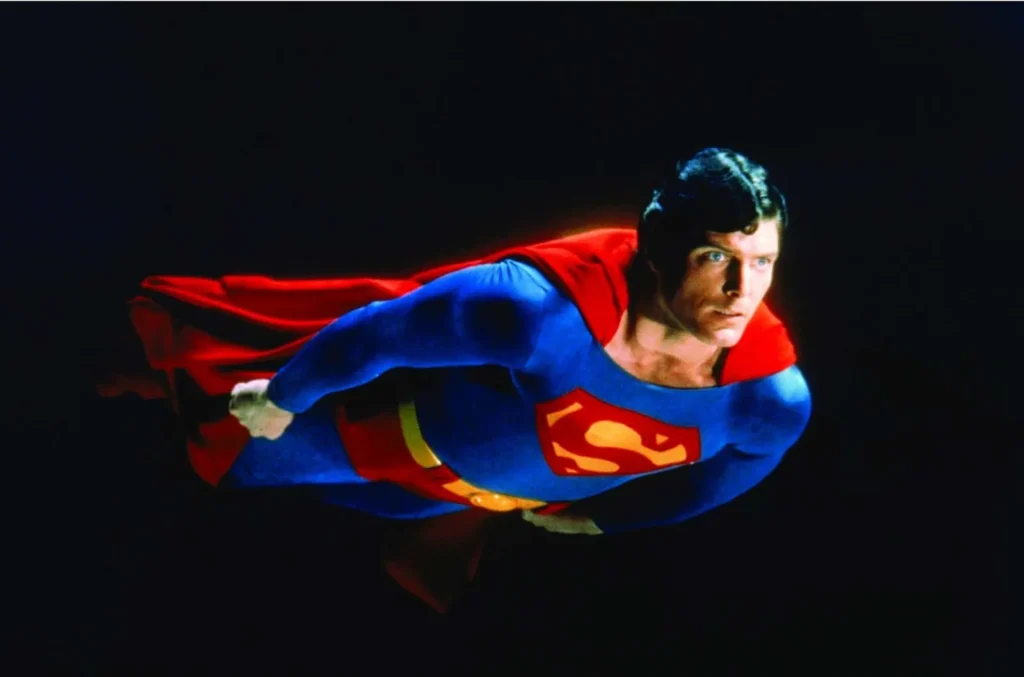
During the Silver Age, authors also portrayed Superman competing against other speedsters, such as The Flash. Although the result of the race between Superman and The Flash was hotly debated, it was implied that Superman could compete with or even outperform the Scarlet Speedster under specific conditions in Superman #199 (1967).
The Speed of Superman in the Contemporary Era (1980s–Present)
John Byrne gave Superman a more scientifically based approach when he brought him back in the 1980s with The Man of Steel. Although Superman’s speed remained unmatched, authors began to make his powers more consistent and believable. Although Superman was depicted as having the ability to travel faster than light and frequently entering “speed force” territory, the focus shifted from his unadulterated, divine powers to more realistic feats.
During this time, Superman’s speed was less about displaying his divine qualities and more about his need to overcome particular obstacles. Superman’s speed was expanded upon by authors such as Grant Morrison in All-Star Superman (2005). He was portrayed as having extraordinary speed and the ability to move through time, space, and even the multiverse.
The “time manipulation” component of Superman’s speed is among his most fascinating features, particularly in contemporary comics. He is shown using his speed to change time and help undo catastrophic events in Superman: The Man of Tomorrow (1996). This implies that Superman can sometimes move faster than light, enabling him to act at the speed of light.
The Speed of Superman in Animated Series
In animated series, Superman’s speed was portrayed as almost unbounded, particularly in Justice League (2001) and Superman: The Animated Series (1996-2000). While drawing inspiration from the comics, these shows modified the depiction to suit their structure and narrative requirements. Superman could outrun missiles, fly across galaxies, and battle at almost the speed of light in Superman: The Animated Series. However, he frequently slowed down for narrative reasons.
Although Superman’s speed is not as great as that of the Flash, it is still an incredible advantage in fights against villains like Darkseid in Justice League Unlimited (2004). His speed was also demonstrated in crossover events, where he raced against time to help save entire planets and avert disasters.
The Speed of Superman in Live-Action Movies (1980s-2000s)
Superman’s speed was a crucial component of his skill set in the live-action movies from the 1980s and 2000s. Christopher Reeve’s portrayal of Superman in Richard Donner’s 1978 film Superman: The Movie demonstrates his extraordinary speed. The scene in which Superman speeds around the Earth to turn back time and save Lois Lane following a deadly accident is among the movie’s most famous moments. This scene was the first to show Superman’s power over time with his amazing speed.
Similar speed abilities, such as the capacity to fly at nearly light speed, are demonstrated by Brandon Routh’s character Superman in the 2006 movie Superman Returns. Although the movie does not go into great detail to fully explore the extent of his speed, his space flight and super-speed maneuvers during battles with villains are impressive.
In the DC Extended Universe (DCEU), Superman’s speed
Although Superman’s speed is a fundamental aspect of his persona in the DC Extended Universe, the movies take a different tack when it comes to his powers than the comics or animated series do. Superman’s speed is first demonstrated in the 2013 film Man of Steel when he outruns a military drone. We also see him flying at high speeds as he starts to realize the full extent of his abilities. He uses his speed as a potent weapon to avoid harm and defend the planet.
Superman’s speed is shown in Batman v. Superman: Dawn of Justice (2016) when he fights Doomsday and Batman. Superman’s ability to fly at super speed is a key component of his fighting style in the DCEU, allowing him to dodge attacks and land devastating blows. His rapid recuperation from wounds and his combat accuracy are further examples of his superspeed.
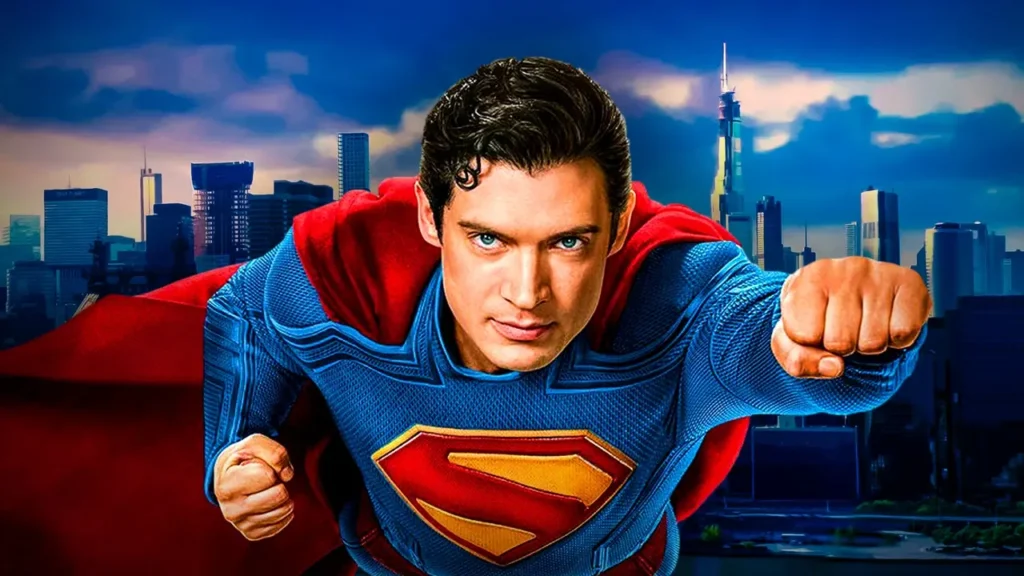
Superman uses all of his abilities, including speed, in Zack Snyder’s Justice League (2021). In the movie, he is seen making quick maneuvers in combat and traveling through space at amazing speeds. This Justice League version’s battle scenes highlight how Superman uses his speed to fight with accuracy and efficiency in addition to moving swiftly.
The Speed of Superman Compared to Other Speedsters
How fast Superman is in comparison to other speedsters, like The Flash, is a commonly asked question. Depending on the plot, Superman and The Flash have raced against one another in numerous comics and animated series. For example, Superman and The Flash race across the nation in The Flash #175 (1991), and although Superman outpaces The Flash in certain situations, the race ends in a draw, indicating that Superman’s actual speed might be only marginally faster or equal to The Flash’s speed.
Conclusion: Superman’s Unbounded Speed
One of Superman’s most recognizable and ever-changing traits is his speed. Superman’s speed has increased along with the character since his 1938 debut in comic books, when he was swift but not above human limits. Today, he can travel through time and space and surpass the speed of light. Superman’s super-speed is still one of his most amazing and potent powers, whether he’s racing against time, outrunning missiles, or shattering the sound barrier.
From the early days of comics to the large-scale production of live-action movies, his speed is portrayed differently in various media. But one thing never changes: Superman’s speed is a reflection of his almost divine nature, representing his desire to defend humanity and prevent impending disaster.
How quick is Superman, then? Yes, faster than a speeding bullet. However, Superman’s speed is unbounded in the context of the DC Universe.
- Follow us on: Pintrest | Facebook | Instagram | Linkdin | X
- How many John Wick movies are there?
- Where was Superman the movie filmed?
- Why does Lex Luthor hate Superman?
- How does Superman fly?


